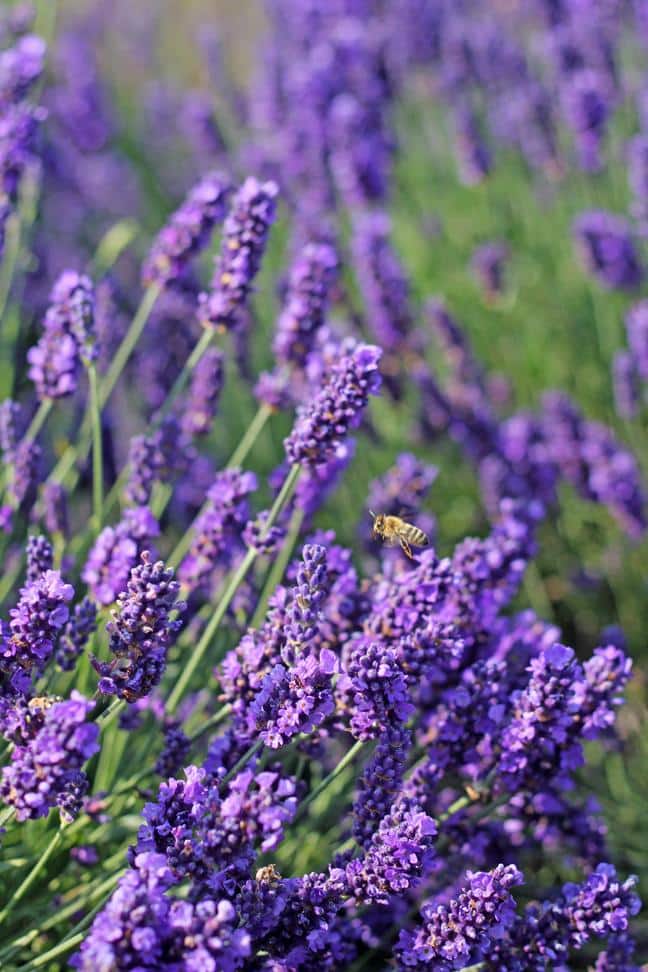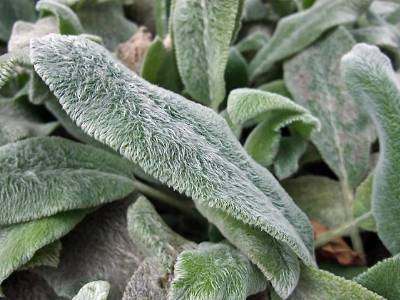 One of the best ways to teach self-sufficiency to children is by teaching them to garden. Simply being out in nature and sharing the responsibility for living things is invaluable. In addition, multiple studies prove that spending time in nature and especially, gardening, helps children to be healthier physically, emotionally and mentally.
One of the best ways to teach self-sufficiency to children is by teaching them to garden. Simply being out in nature and sharing the responsibility for living things is invaluable. In addition, multiple studies prove that spending time in nature and especially, gardening, helps children to be healthier physically, emotionally and mentally.
Most kids love herb gardens because they engage all of the senses. Fortunately, herbs are among the easiest plants to grow. Plant herbs which can later be used to relieve common children’s health issues such as colds, minor cuts and bug bites. Herbs may be used for cooking, crafts and teaching purposes. In addition to creating a healing garden, you may choose plants which can be used to teach your children many other homesteading techniques, such as making natural dyes, food preservation, and companion planting methods.
Here are some specific ideas:
Lavender
Plant a couple of lavender plants. Lavender and many other herbs grow happily in pots. Lavender attracts butterflies and other insects, which many children enjoy learning about.
When your lavender plant produces flowers, have your children gather them. Simply lay the lavender on a screen to dry or hang it upside down.
New “Survival Herb Bank” Gives You Access to God’s Amazing Medicine Chest
Little ones can sew lavender pillows out of small squares of soft cloth. They can fill the pillows with dried lavender. Lavender pillows are great for relieving headaches and keeping inside a pillowcase of a bed pillow to promote sweet dreams.
You can make delicately scented lavender cookies with your child. Simply add a pinch of finely ground lavender to a sugar cookie recipe.
Catnip
Be sure to plant some catnip. If you have a cat, he or she will appreciate it. Your child can make catnip mice for your feline companion with dried catnip leaves.
If your child gets a fever or has a tummy ache, use catnip to provide rapid relief. Catnip baths are relaxing for fussy, colicky and overtired children. Simply place a handful of fresh or dried catnip in a cloth and add it to a bath as the water is filling.
Catnip doesn’t taste good. Grow some fennel in your child’s herb garden. Combine the catnip with the fennel for herb teas and syrups. Children are often more amenable to taking remedies which they helped to grow or produce.
Lamb’s Ears
Kids love to grow lambs’ ears. This soft fuzzy plant loves to be petted. Just be careful to not overwater it or it may mold in humid climates. The absorbent leaves used to be employed as bandages. Children love to show this plant to their friends, boasting that lamb’s ears are known as “toilet paper” plants.
Chamomile
Grow some annual German chamomile. Chamomile is probably the most valuable and well-loved plant in a child’s herb garden. German chamomile is not the same plant as the low-growing Roman chamomile, nor is it “wild chamomile,” mayweed. German chamomile plants may be purchased. However it grows prolifically and easily from seeds.
Chamomile soothes headaches and tummy aches. Peter Rabbit’s mother made chamomile tea for Peter when he got into Mr. McGregor’s garden. Children absolutely adore picking the flowers and making the tea. Be sure to dry some flowers for winter, as well.
You can make a fantastic chamomile jelly. Simply add chamomile flowers to any recipe for apple jelly. Strain them out with the apple pulp. The chamomile gives a honey like flavor to the jelly.
Make some frozen pops to soothe sore throats out of sweetened chamomile tea.
Nursing mothers can consume catnip, fennel or chamomile to comfort infants as the safe healing qualities are transferred to baby via breast milk.
If you have children with light colored hair, make a hair rinse out of chamomile tea. It will help to brighten their natural highlights.
Calendula
Bright yellow and orange calendula flowers are great additions to a children’s herb garden. Older children can help to make healing lotions and salves with these powerful flowers. Calendula is soothing. It contains constituents which fight off bacteria, viruses and fungi. Calendula tea has even been used as eyewash. Calendula is one of the best herbs to use to prevent diaper rash. It promotes healing of stings, rashes and minor scrapes and cuts.
Herb Garden Safety and Benefits
A child’s herb garden provides excellent opportunities to teach your children about safety. Instruct them not to eat any plants without permission from a responsible, knowledgeable adult. Choose plants and herb-related projects which are age-appropriate. Use your gardening experience to teach your children plant identification techniques.
Herb gardening with children provides you and your children with many health and life benefits. Perhaps the best reason to garden with your child is that it is lots of fun. The joy on your child’s face when he or she says “I grew that medicine” or “I helped to make that salve” and the shared delights that you experience while gardening together are the healthiest benefits of all. They are certainly the longest lasting and satisfying.
Sign up for Off The Grid News’ weekly email and stay informed about the issues important to you
 Off The Grid News Better Ideas For Off The Grid Living
Off The Grid News Better Ideas For Off The Grid Living









